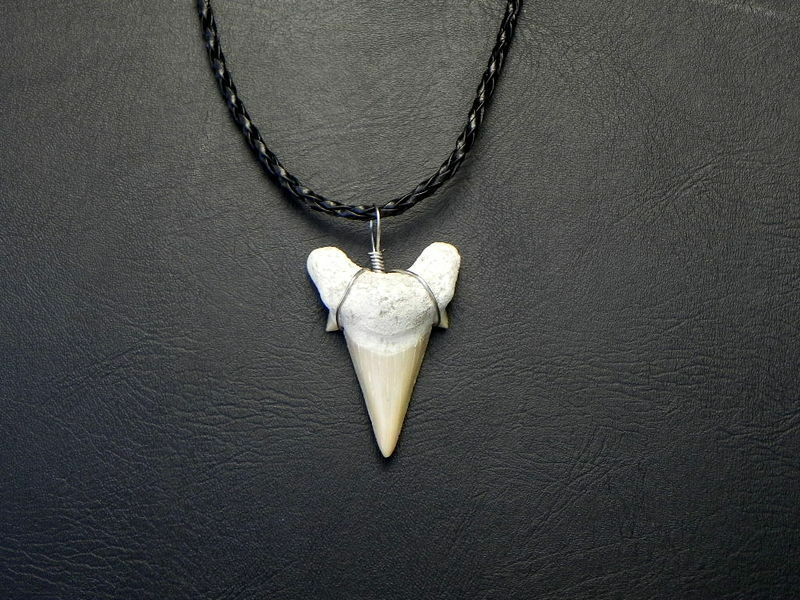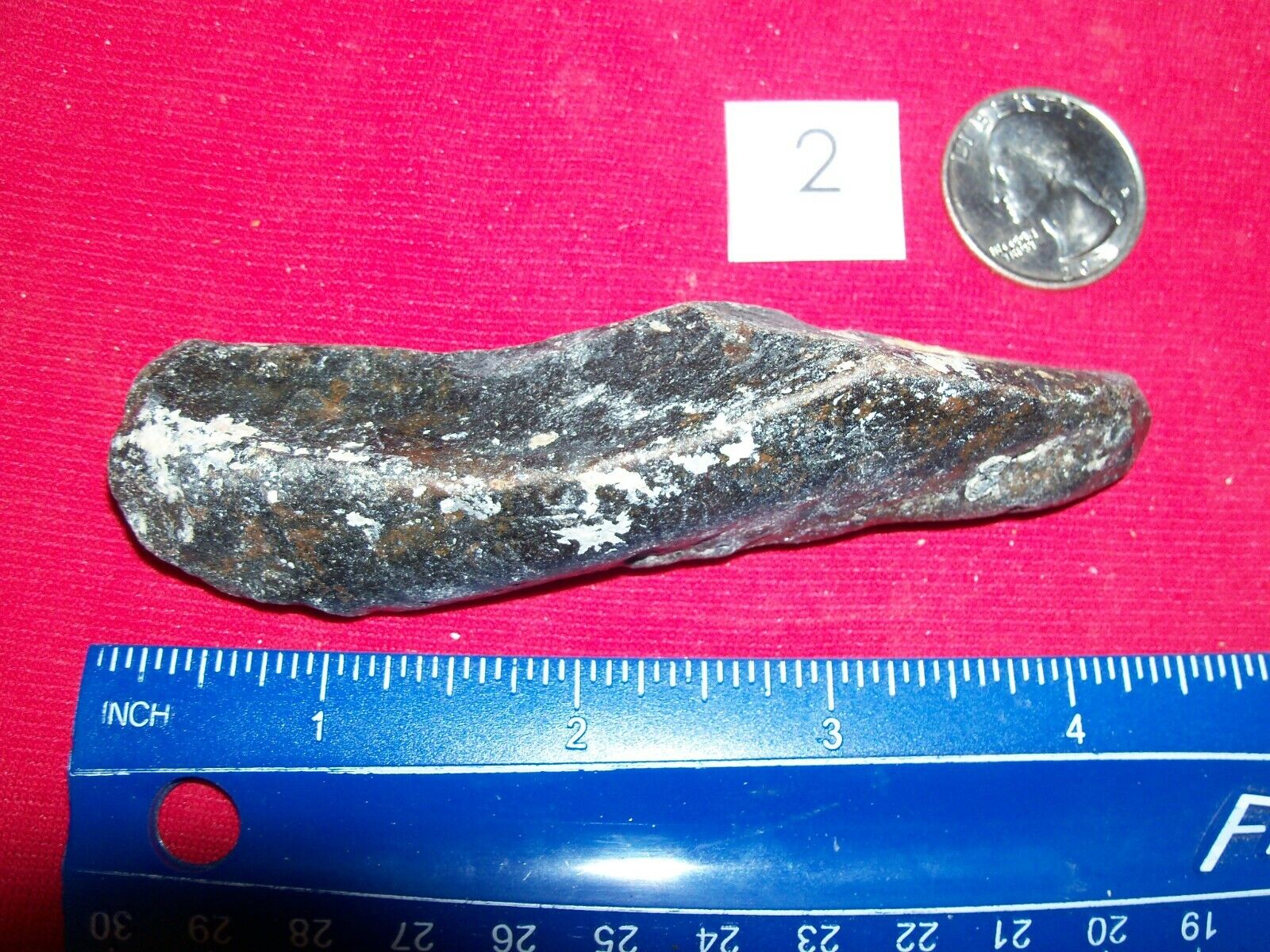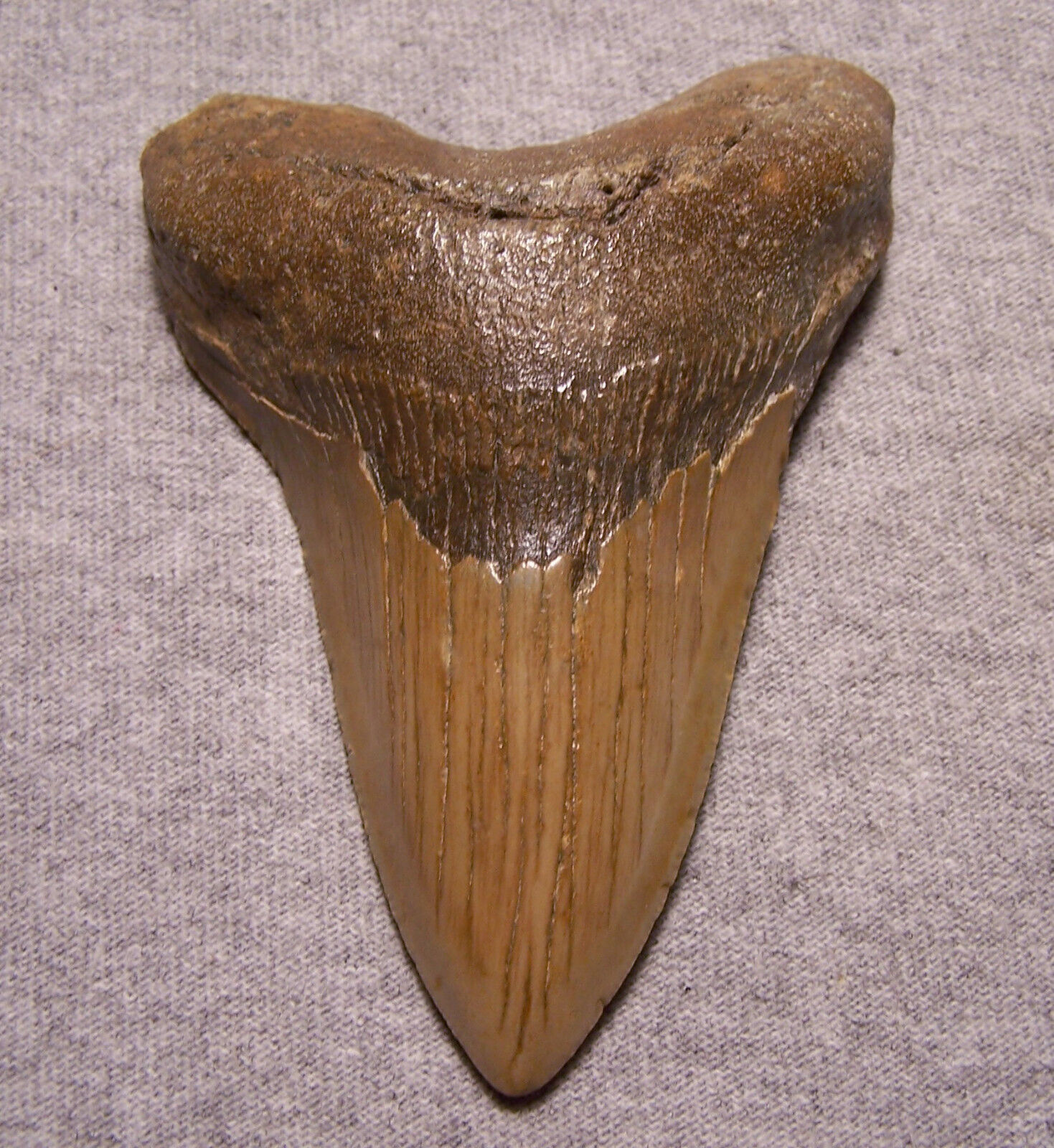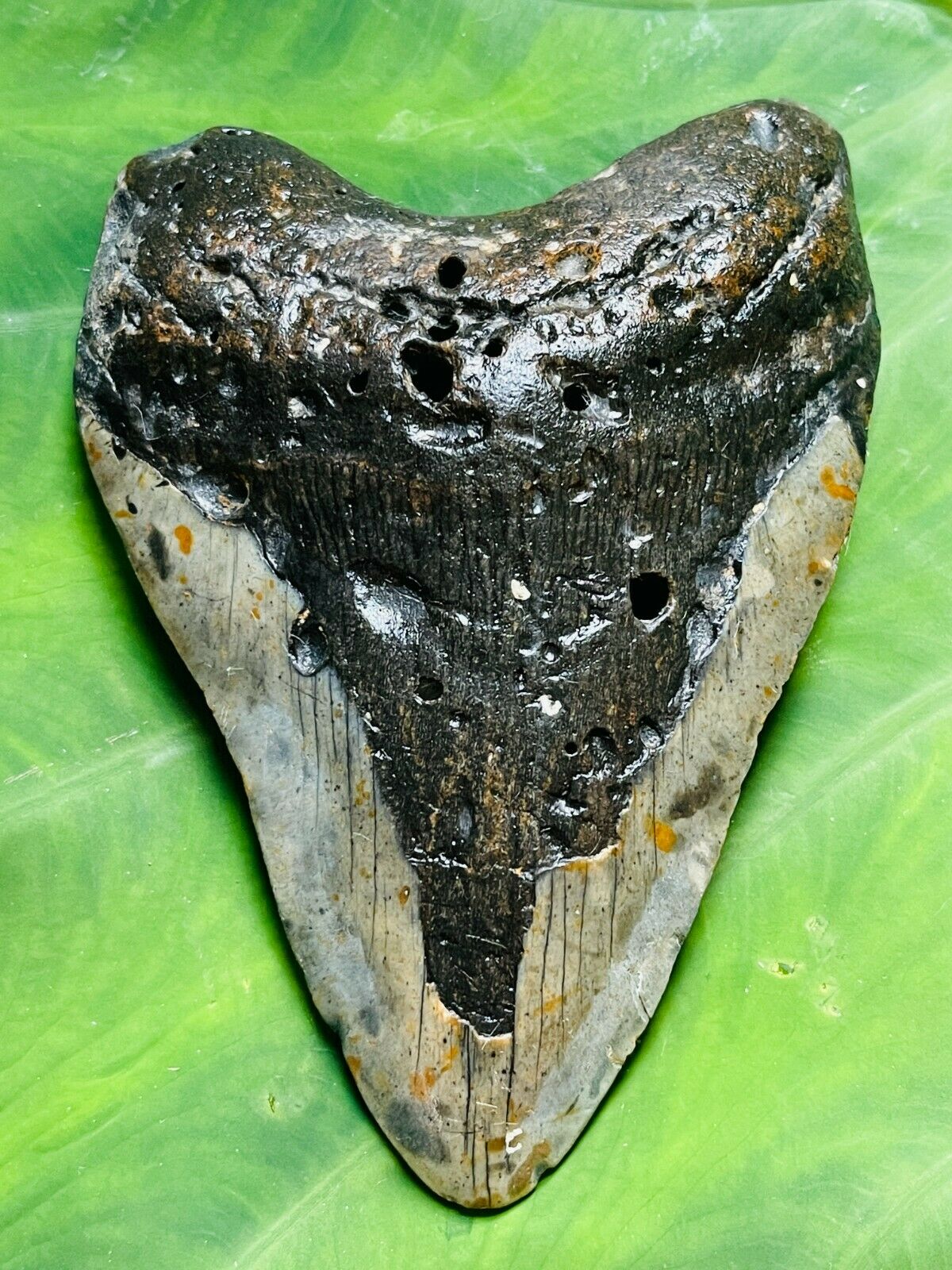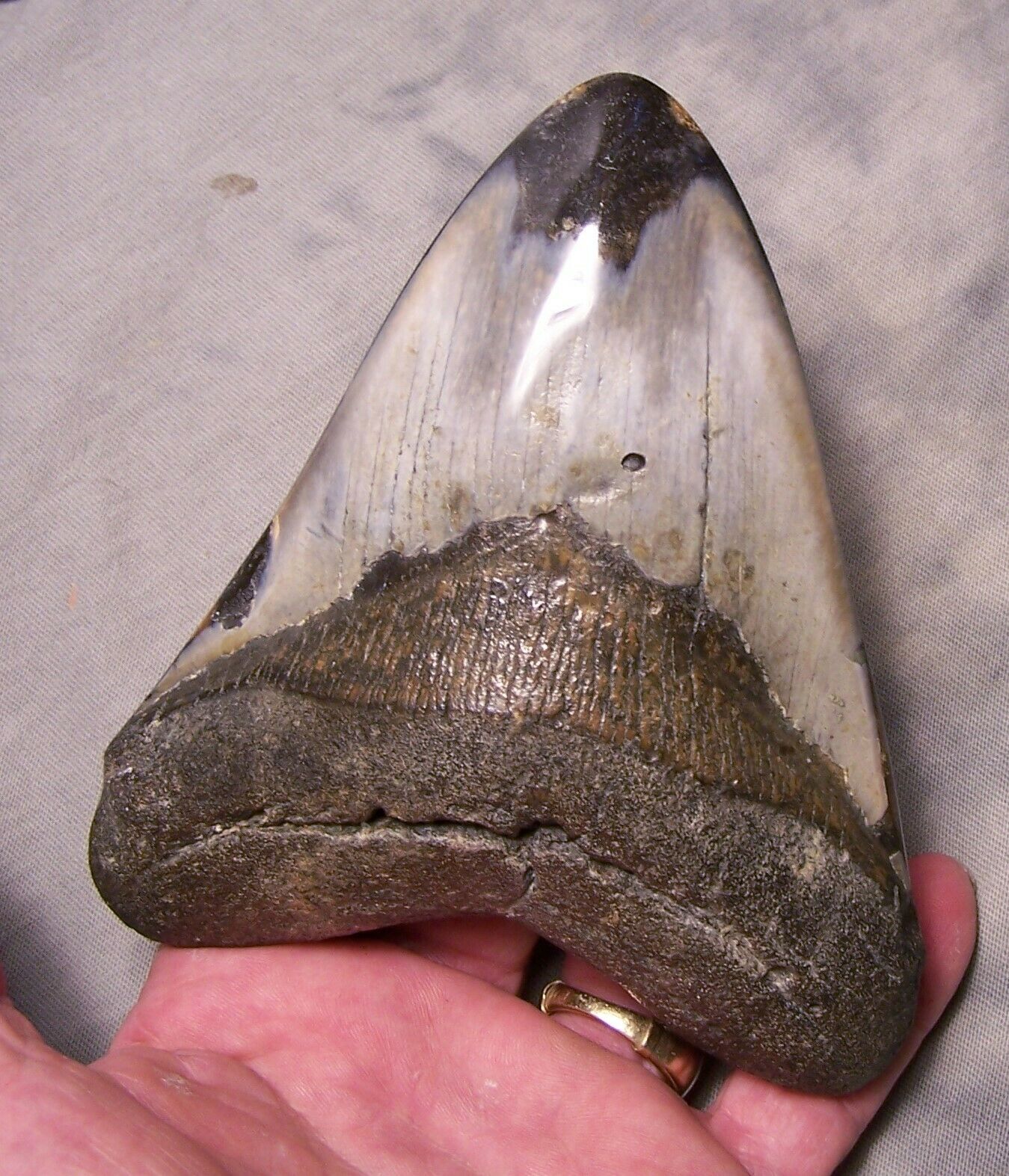-40%
Labeled 12 Fossil Lot in a Clear Case MEGALODON TOOTH DINOSAUR TOOTH AND MORE!!!
$ 18.48
- Description
- Size Guide
Description
Hi all!This is a Labeled Collection of Fossils from across earth's history going back to before the first dinosaur! Each fossil is labeled to correspond with the following information sheet and come in a clear adjustable case for easy transport and display! The 12 fossils included are; a partial
Megalodon Shark Tooth
,
Spinosaurus Dinosaur Tooth
,
Trilobite
,
Ammonite
,
Extinct Ice Age Horse Tooth
,
Crinoid Stem
,
Snail
,
Bivalve
,
Heart Urchin
,
Sponge
,
Brachiopod
, and a piece of
Petrified Wood
!
The case is 6.75 x 4 x 1 inches. The Megalodon tooth is included
separate
from the case.
Makes a fantastic gift for science enthusiasts of all ages! Combined shipping is available for orders or multiple items.
Trilobite:
Trilobites are arthropods that lived from 521 to 252 million years ago. They come in many shapes and sizes. Some would roll into a ball like roly polies. This Specimen is a Phacops trilobite from the Devonian of Morocco, between 400 and 360 million years old.
Brachiopod:
(Mucrospirifer
mucronatus
) Brachiopods, also called lamp shells, are animals with two shells like clams that filter food out of the water. They are not at all related to clams, however. They first appeared approximately 550 million years ago. This specimen is from the Devonian of Morocco between (400-360 million years old).
Crinoid:
Crinoids are echinoderms, animals related to starfish. Crinoids first appeared about 480 million years ago. They look like flowers and are sometimes called sea lilies. The “flower”, called a calyx, had multiple arms that would filter food particles from the water and put them in the mouth in the center of the arms. They attach themselves via a stem and roots to the bottom of the sea floor. This specimen is a partial stem from the Pennsylvanian of north central Texas, approximately 300 million years old.
Sponge:
Sponges are primitive animals that first appeared over 580 million years ago. They absorb food directly from water as it flows through the holes in the sponge called pores. This is a specimen of the sponge Wewokella from the Pennsylvanian of north central Texas, approximately 300 million years old.
Ammonite:
Ammonites are Cephalopods, like squid and octopi, that had a coiled shell. They lived from 409 to 66 million years ago and ranged in size from less than an inch to over six feet (two meters) across depending on the species. This specimen is from the Jurassic of Morocco (200-145 million years old).
Spinosaurus:
(Spinosaurus
aegyptiacus
) One of the largest if not the largest of all carnivorous dinosaurs, it reached lengths of about 50 feet (15 meters) long. Spinosaurus was semi-aquatic, not unlike crocodiles, with a large fin on its back and lived what is now North Africa during the middle of the Cretaceous period 112-93 million years ago. This specimen was found in Morocco.
Heart Urchin:
Heart urchins are echinoderms, animals including sand dollars, starfish, and crinoids. They burrow into the sea floor to sift out and eat tiny pieces of food. Heart urchins first appeared 145 million years ago. This specimen is from central Texas and is from the middle of the Cretaceous period about 110 million years ago.
Bivalve:
Bivalves are mollusks with two shells that filter food particles from the water that first appeared over 500 million years ago. When a clam dies, its shell usually dissolves leaving only an internal mold of the shell like this specimen. This specimen is from central Texas and is from the middle of the Cretaceous period about 110 million years ago.
Snail:
(Latirus
moorei
) Snails are mollusks with coiled shells that move along the ground or sea floor. They eat plants or actively hunt other animals, depending on the species, and first appeared 540 million years ago. When a snail dies, its shell usually dissolves leaving only an internal mold of the shell. This specimen is rare in that the original shell was preserved. It is a Latirus snail from College Station, Texas from the middle Eocene about 42 million years ago.
Petrified Wood:
Petrified wood is a special type of fossilized wood that occurs when the organic molecules in the wood are replaced by minerals, usually quartz. This specimen is from the College Station, Texas Eocene (50-40 million years ago).
Megalodon:
(Carcharocles
megalodon
) Megalodon was the largest known species of shark to have ever lived. It grew to over 60 feet (18 meters) in length and fed primarily on large marine mammals including whales, dolphins, seals, manatees, and even the occasional Mammoth out for a swim. This specimen is from offshore of North Carolina and is from between the late Miocene and Pliocene (10-2.5 million years old).
Extinct North American Horse:
(Equus sp.) Horses lived in North America for millions of years before going extinct about 11 thousand years ago. A different species of domestic horse was reintroduced to North America by European settlers in 1519. This specimen is from the Florida Pleistocene (1 million- 11 thousand years old).
All of my items come with a Certificate of Authenticity! If I have a fossil or mineral listed up as something, I make darn well sure that's what it is!
I do combined shipping on all items upon request!
I have all sorts of fossils and minerals for sale at great prices and I upload new items frequently! Click on seller info to see my other items!
Thank you for reading please contact me with any questions.
Have a wonderful day!
Jako






